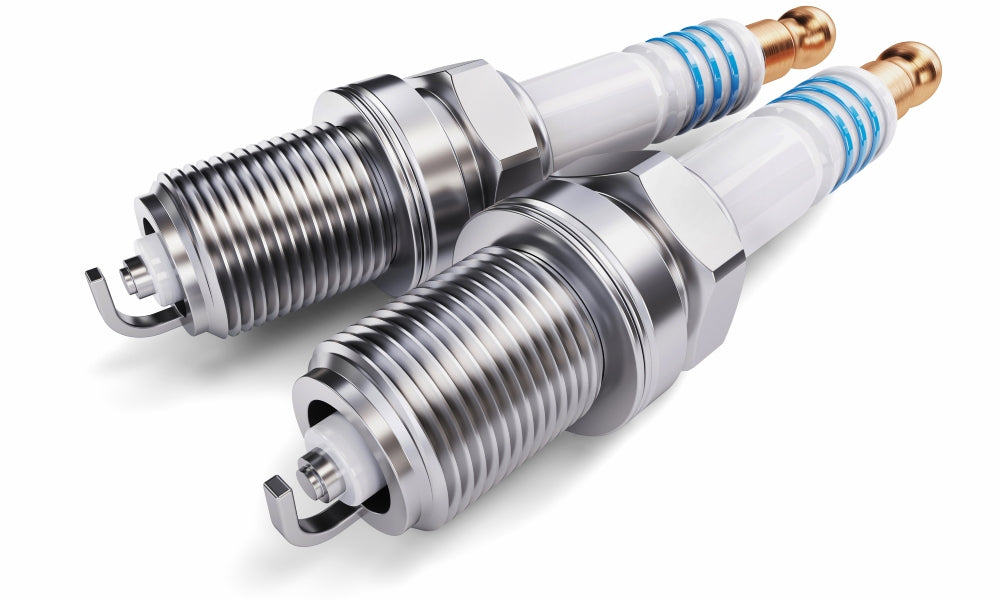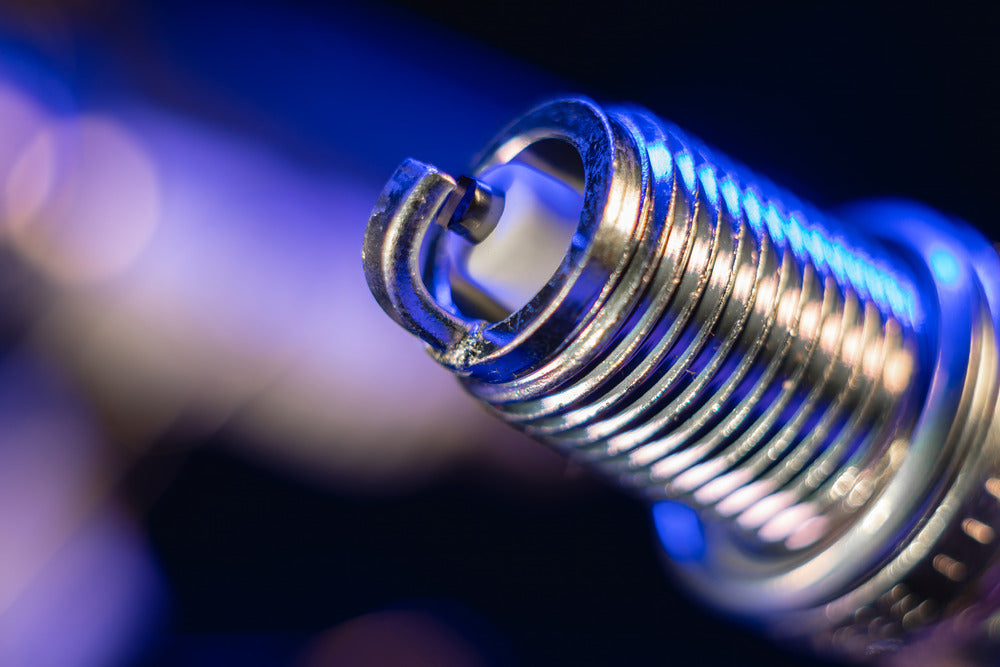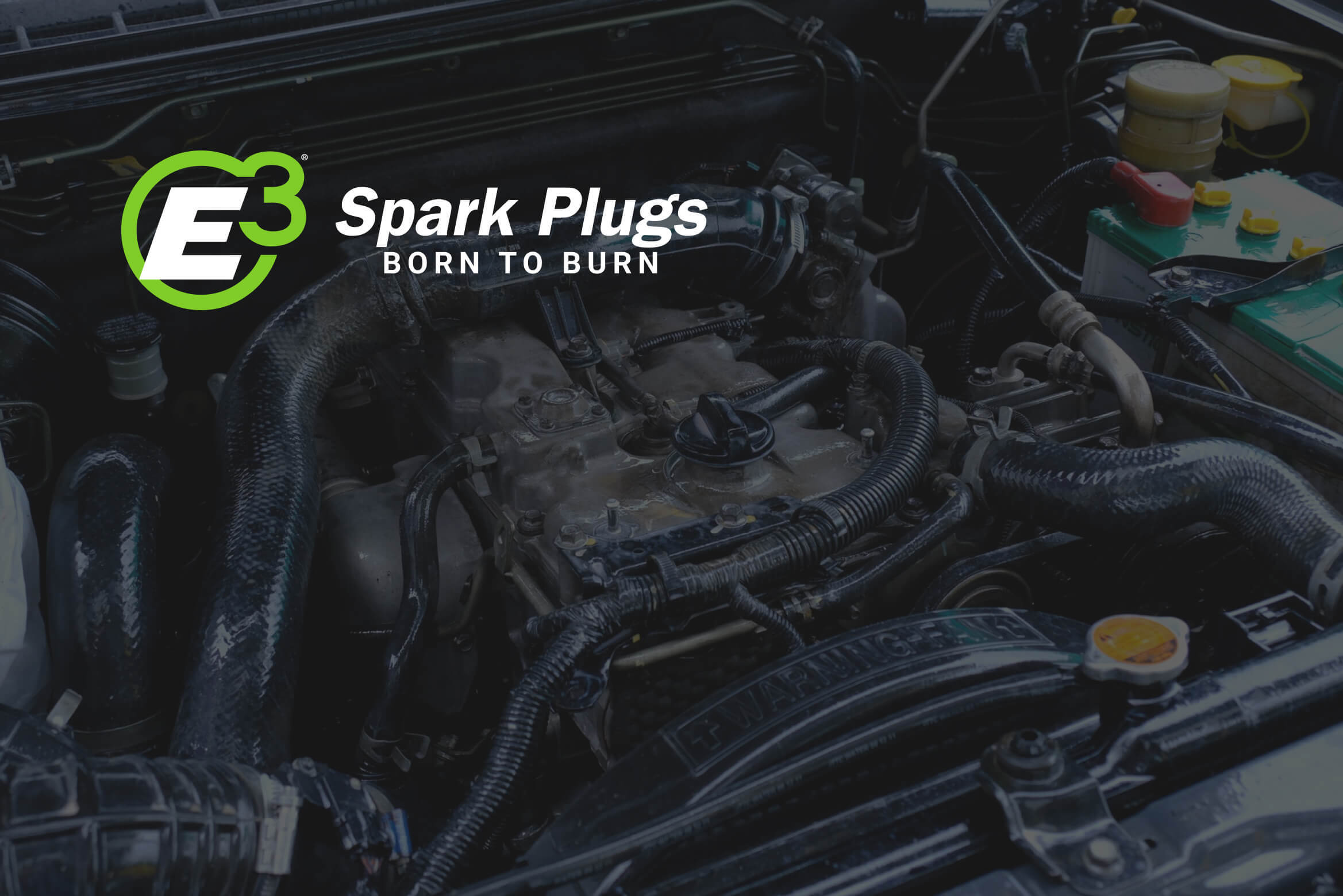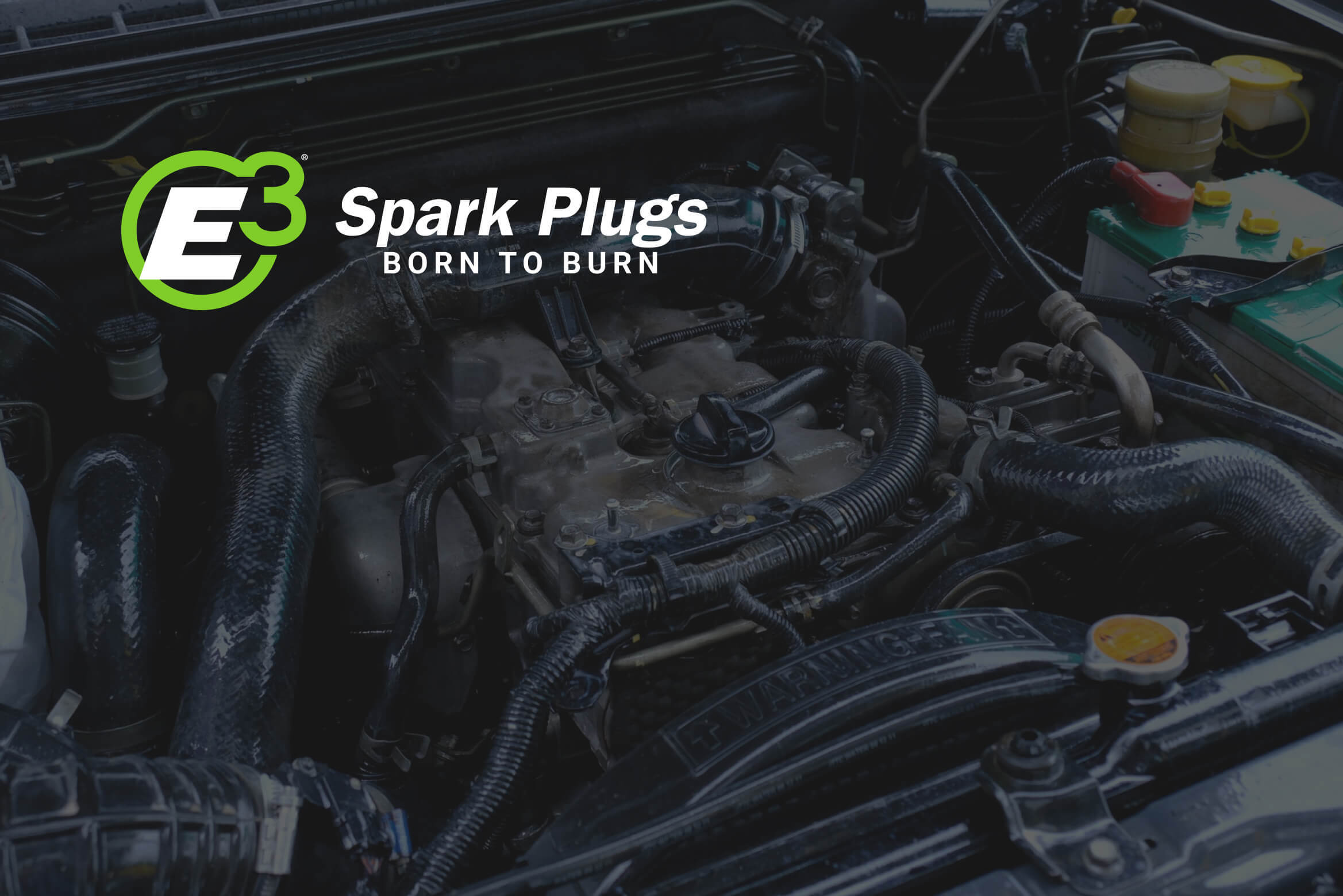

Car won’t start? The reason might be an easy fix.
You jump in the shower, scarf down an energy bar, grab your stuff and slip into your car, psyched for a busy day at work when – Oh, no! You turn the key and nothing happens. Looks like you’ve got an unexpected day off work. Why? E3 Spark Plugs has a few ideas.
Here are the top 5 reasons you’re your car wont’ start:
- Bad battery: This one’s probably the most common culprit of them all. A quality battery typically will last about three years before it needs replacing. To make sure you get the most of yours, keep your battery posts clean by periodically scrubbing them with a wire brush. Apply a little petroleum jelly to the posts to keep them lubricated. And make sure the camps and connections remain secure.
- Bad fuel: Mucked up fuel can cause your engine to go into a coughing spaz, particularly if your ride has been sitting in the garage for a while. If you hear engine pings or knocks, it could be a sign that the fuel in your tank lacks enough octane or has too much water. Drain it, dispose of it properly and refill your tank with new fuel. If this doesn’t do the trick, it might be an issue with the oxygen sensor.
- Bad spark plugs: If your car seems sluggish when accelerating, stalls or idles roughly, it might be time for a new set of spark plugs. The recommended intervals for replacing spark plugs vary dramatically depending upon the make and model of our ride, and its age – from 12,000 miles to upward of 100,000 miles. And while there are plenty to choose from, only E3 spark plugs sport the patented DiamondFire open ground electrode design, which allows for a stronger, cleaner more fuel efficient drive.
- Engine problems: If the battery is strong, the fuel is clean and your spark plugs are firing up beautifully, the issue might be your engine. But before you freak out and assume you’ve got something as dramatic as a cracked cylinder head, relax. It could be something far simpler and cheaper to fix like worn belts or hoses. Check for cracks or peeling and replace them if needed.
The good news is that unless you’ve got a bad engine or oxygen sensor, each of these issues is an easy fix – perhaps even a DIY job for the mechanically inclined.







